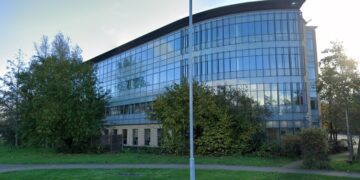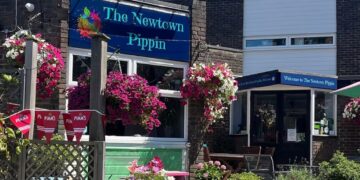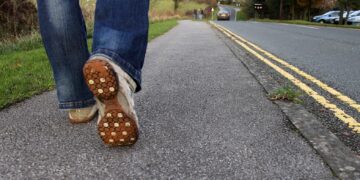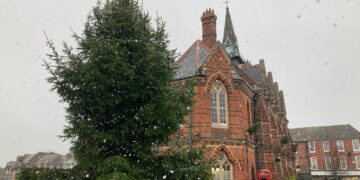A new building for the Natural History museum could be built in the countryside if councillors grant planning permission tonight.
The museum wants to build a research and storage facility – housing material ‘equivalent to the length of over 211 diplodocuses’ – at Thames Valley Science Park in Shinfield.
The building, together with a new access road, would be a new development on countryside land – and some nearby residents have objected to Wokingham Borough Council.
Stephen Kitt said: “There is already far too much building in the area.
“I am suffering with breathing issues due to all the added building pollution not to mention damage to the natural environment.
“The over-development already being carried out is not sustainable, and is destroying the last remaining green natural area in Shinfield.”
Jonathan Sellars added: “Shinfield and the surrounding suburbs are going the same way as many boroughs in west London, once village areas blighted and forgotten at the expense of industrial-scale development.
“This area used to be one of the most diverse for habitat and wildlife, and is rapidly being paved over.”
The Natural History Museum said it needs the new building to house around a third of the collection, as well as “cutting edge laboratories” for its scientists.
Designs submitted to Wokingham Borough Council said the move would “entail the largest ever move of natural history specimens globally – 28 million specimens in total – equivalent to one third of NHM’s collection.”
“In addition, 5,500 metres of library material will also be moved – equivalent to the length of over 211 diplodocuses.”
The building will take up space “equivalent to three football pitches” and be four storeys high. It will also be flanked by the wooded New Covert and the ancient woodland of St John’s Copse.
Councillors on Wokingham Borough’s planning committee are set to decide whether to approve the project at a meeting tonight, Wednesday, March 13.
Planning officers are recommending that they approve the plans. Their report to councillors says the ‘economic, social and sustainable benefits’ that the facility would bring outweigh ‘any adverse impacts on the countryside.’
They noted there have already been ‘significant changes to the landscape’ around the science park, including the construction of Shinfield studios.
Planning officers said: “In principle the location of the site in the countryside means that there is a conflict” with planning policies.
“For the reasons discussed in the planning balance section of the report, any adverse impacts on the countryside are outweighed by the economic, social and sustainable benefits that this important facility would deliver.
“Some 115 permanent positions would directly be employed by the operation of the building and there would be 83 supporting roles.
“Construction activities would also generate 326 jobs both on site and in the wider supply chain over a three-year build phase.”















































